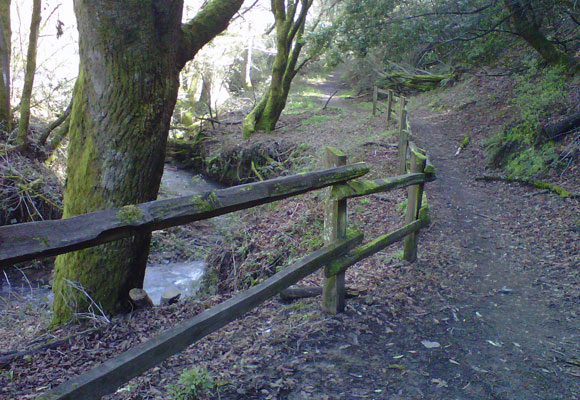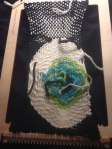Originally published in 2013. (pdf)
Have you heard of “the bliss point?” If you haven’t, you’re not alone. But chances are, if you’ve recently eaten any Frito Lay snack chips, you’ve experienced the bliss point.
According to a Feb. 2013 New York Times article, “The Extraordinary Science of Addictive Junk Food,” the bliss point is a combination of flavors that will create the greatest amount of crave — in other words, food designed so that people will eat or drink it every day in large quantities without getting tired of it.
How can we combat this? I like chips. I like snack food. When I make a salad or a vegetable dish, often enough they are less interesting than the chips engineered for “craveability.”
The question becomes, how can we make our healthy home-cooked meals have a greater craveability than Doritos? Or a home-cooked meal NOT based upon cream, butter, and salt achieve the bliss point?
We know that when someone is used to eating healthy food, they feel better in mind and body, but we also know what it’s like to get home late, tired from working, and just wanting to relax — not to spend an hour cooking dinner.
Healthy Cravability?
Now it’s true that we may not agree with the obesity-generating snack food industry as they engineer their way to the largest bottom line possible. However, one of the things we can do is learn from their successes. When they want someone to eat more of something, they combine more flavors so there isn’t one overwhelming flavor for that item. Applying that lesson, if I want my family to eat more vegetables, if I work my herbs and spice rack, maybe even combining different vegetables into one dish, my food may achieve greater “craveability.”
I suppose conversely, to extrapolate, if the opposite of cravability is being satisfied by eating one flavor to reach fullness, instead of having a full-blown brownie-banana-split-ice-cream-fudge-sauce-whipped-cream-nuts-chocolate-sprinkles-oreo-cookie-crumbles-Sunday-with-a-cherry-on-top, limiting ourselves to one plain flavor of ice cream with few or no toppings might help us eat less ice cream. Of course, the success of this theory may also depend upon whether you are using generic ice cream or Ben and Jerry’s….
The way the snack-food industry creates “craveability” is by combing lots of flavors so that one flavor doesn’t overpower the food. When our taste buds can’t decide what the flavor is, our brain signals us to eat more so we can figure out what it is that we are eating. When we cook our own meals at home, we can up our food’s cravability factor by adding different flavors. Here are some basics on using herbs and spices.
Cooking with herbs and spices
- An herb is usually considered to be a green-leafy plant — using the leaves, fresh flowers, and sometimes stems. Some common herbs are basil, thyme, rosemary, parsley, bay leaves, chives, green onions, and sage. Garlic is not considered an herb, but it can help boost your flavor punch all the same.
- Fresh herbs and dried herbs taste differently. If you normally use a dried variety, try the fresh version and see how the flavors change.
- Rub leafy herbs in the palms of your hands to release the flavors and aromas before adding to your food.
- A spice is usually defined as the dried form of seeds or pods (caraway, cardamom), flower or flower heads and stigmas (saffron), buds (cloves), aromatic berries (peppercorns), fruits (paprika), roots (ginger), stems or bark (cinnamon) and other parts of a plant.
- Spices are embedded with oils that contain flavor “essence.” Try toasting them up a bit in a skillet to help release these flavors. Don’t use too high a heat or toast them for too long or they may burn. You can also help the flavors bloom by adding some oil in the pan.
- If the herbs and spices in your pantry are old, the flavors are likely old and faded as well. The fresher the herb or spice, the more flavor they have to impart to your food.
- As cooking times lengthen, herb and spice flavors mix with one another and the food and may become muted. To brighten the flavors, add some of your herbs or spice in again toward the end of cooking or just before serving.
 Best decision of 2015 so far.
Best decision of 2015 so far.





